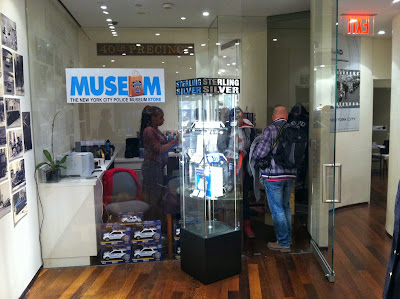Are you excited about the possiblity of adding Twitter stock to your portfolio? You should be- it's the culmination of years of hard work and business development, and Wall Street is abuzz right now with activity related to the Twitter IPO.
Here are some fun facts about Twitter stock and their impending IPO:
To learn more about the stock market and how it all works, join one of our History of Wall Street guided walking tours!
For more information about Wall Street and New York's Financial District, join a Wall Street Walks guided walking tour!
Here are some fun facts about Twitter stock and their impending IPO:
- The Twitter IPO date has been pushed to November 7, 2013 (with earlier predictions ranging from October to mid-November).
- The projected IPO price of Twitter stock is $17-$20 per share.
- Based on the number of shares being offered, and the projected share price, the valuation of Twitter as a company is about $10 billion.
- Twitter is listed on the New York Stock Exchange, not the NASDAQ. The NASDAQ is traditionally the place for tech IPOs. Maybe they are scared of the technical glitches that harmed Facebook's first day of trading?
- The New York Stock Exchange is very automated and has similar, if not better, technology than the NASDAQ.
- The banks involved in the Twitter IPO make money in the banking fees they charge. For Twitter stock that is 3.2%. It may seem low, but the size of the transaction still means an enormous cut for Goldman Sachs. It's not the percentage, but the dollar amount that counts.
- The "roadshow" is the marketing campaign used by Goldman Sachs and the other investments banks to market and sell Twitter stock. Click here to watch the Twitter Roadshow video.
- IPO is the abbreviation for Initial Public Offering, the first time a privately held company will become a publicly trade company.
- After the IPO, all the Twitter executives and staff will have money to manage. Goldman Sachs will make their money off the management fees and the recurring fees from that money management.
- The general public, unless they have large accounts, cannot buy Twitter stock before Twitter is officially a listed company. The shares become available to the public to trade after the IPO.
To learn more about the stock market and how it all works, join one of our History of Wall Street guided walking tours!
For more information about Wall Street and New York's Financial District, join a Wall Street Walks guided walking tour!



















